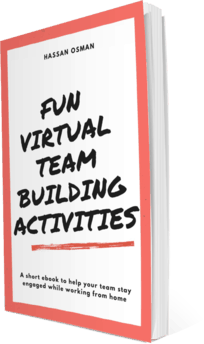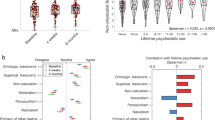This end up being a simpler issue to tackle, as the viewpoint issues inalienable in a 3D world joined with the absence of involvement of the players made putting blocks substantially more troublesome than in the genuine game. Setting blocks required such a ‘sorcery wand’ approach: players were not truly joined to the square as they would be in the actual world, yet could move it from anyplace on the stage. This distinction between the player and the square prompted issues with a viewpoint: it turned out to be extremely hard to tell where to drop the square without taking a gander at it from all points. This implied that colleagues could be exceptionally useful on the off chance that they situated themselves around the stack and offered data to the player about the situation of the square. In virtual team building , players can earn more knowledge. The plan of Castle Builder likewise started with the objective of empowering correspondence among Designers and Builders. To this end, it was significant that solitary Designers would have the option to see their plan, in case Builders attempt to bypass Designers out and out and construct the stronghold dependent on their perceptions of the outline.
Second Life’s ground-breaking camera controls make some changes

Players can see any piece of the encompassing district; along these lines, concealing the diagram in an encased zone to which just Designers approach was not powerful. Also, this methodology would expect Designers to re-visitation the outline walled in the area at whatever point they needed to see the diagram, a tedious and monotonous cycle. An alternate arrangement was required that permitted Designers to select admittance to the outline yet didn’t expect them to leave the mansion development territory to see it. Connections, and explicitly HUDs (for Head-Up Display), gave that arrangement. HUD substances are simply obvious to the HUD’s wearer; if a Designer’s HUD contained a duplicate of the plan, for instance, it would be stowed away from Builders. Without anyone else, nonetheless, the HUD was sufficiently not: how Designers would cooperatively adjust the outline was as yet an open inquiry. Two alternatives introduced themselves: Designers could adjust the outline by interfacing with their HUD, permitting them to be available anyplace at the same time; or, Designers could be needed to re-visitation of a different plan territory to change the diagram, leaving the HUD as a memory help as it were.
After testing the previous choice
Here we saw games close excessively fast to yield fascinating outcomes; Designers could refresh the plan in a moment, reacting to issues in the development territory as they happened. Consequently, there was minimal correspondence between Designers since acting was regularly quicker and simpler than examining potential changes first. One might say, planning was excessively simple. A mix of the HUD and a different plan region bore more productive outcomes despite the expanded weight concerning the Designers. We found a plan region far enough away from the development region to make it inconceivable for Builders to see inside utilizing camera controls; Designers moved quickly between these two territories through a teleportation stage. Inside the plan region, Designers altered an enormous outline situated on the planet; changes to the diagram were quickly pondered by the Designer’s HUDs. At the point when the Designers got back to the development zone, the most recent rendition of the plan stayed as an antique on their HUDs; be that as it may if extra changes end up being vital, Designers would need to re-visitation of the planned territory to make them. In this variant, we saw Designers conveying all the more regularly while adjusting the diagram since they expected to concur on an answer before leaving the plan region.




